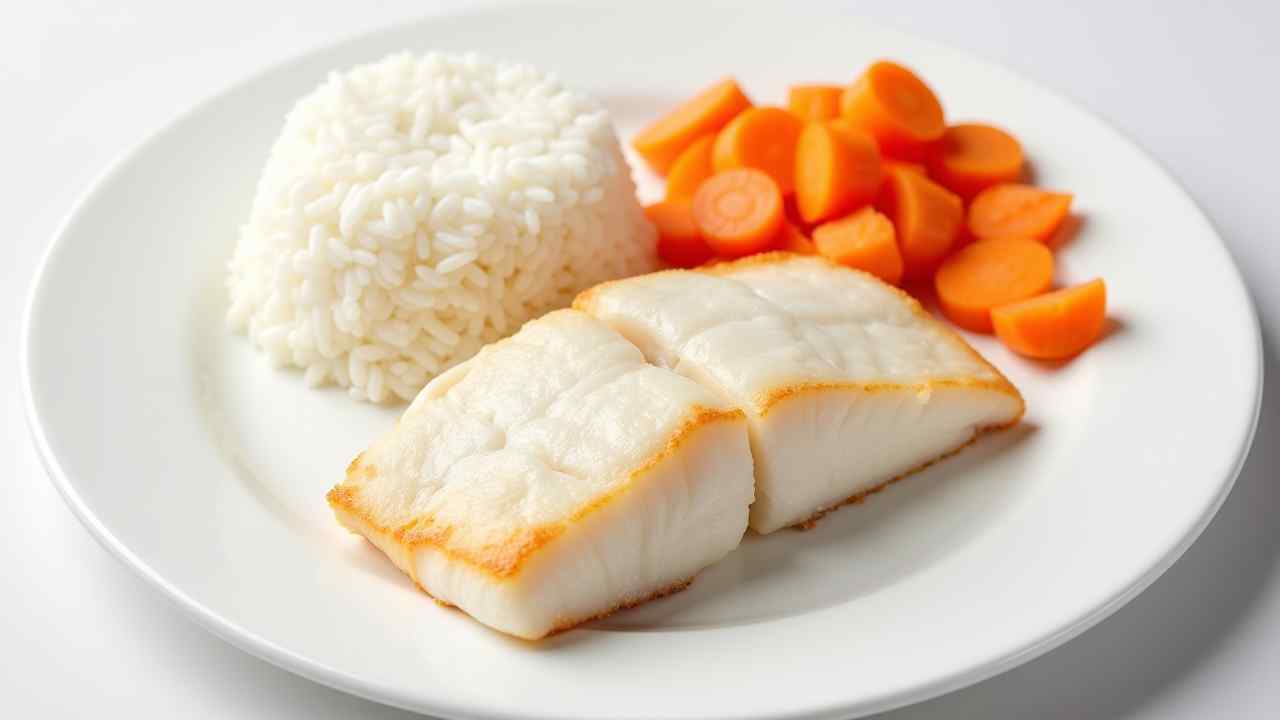
📄 The Complete Low-Fiber Diet Food List (A Guide for Digestive Rest)
📄 The Low-Fiber Diet Food List: A Complete Guide for Digestive Rest 📄
❗ Important Medical Advisory: A low-fiber diet, also known as a low-residue diet, is a therapeutic plan. It should only be followed under the guidance of a doctor or registered dietitian. This guide provides general information and is not a substitute for personal medical advice.
A low-fiber diet is designed to give your digestive system a rest. It limits foods that are hard to digest. This reduces the amount of undigested food, or "residue," in your intestines. This can help reduce symptoms like cramping and diarrhea.
This diet is often used before a colonoscopy. It is also prescribed for flare-ups of IBD or diverticulitis. This comprehensive low-fiber diet food list will help you understand what to eat. Let's explore the safe and gentle food choices. ✅
🤔 What Are the Key Principles of a Low-Fiber Diet?
The goal of this diet is to make digestion as easy as possible. This means avoiding foods that create a lot of bulk. The principles are simple and focus on food choices and preparation methods. This is the foundation of the low-fiber diet food list.
- Choose Refined Grains: Unlike general health advice, on this diet you should choose white grains over whole grains.
- Cook Vegetables Thoroughly: Cooking helps break down fiber. All vegetables must be well-cooked and soft.
- Remove Skins and Seeds: The skins and seeds of fruits and vegetables contain a lot of fiber. They must be removed.
- Avoid Tough Foods: Anything that is hard, crunchy, or chewy should be avoided.
✅ What Foods Are on the "Allowed" Low-Fiber Diet Food List?
Your doctor will give you a specific list. However, the foods below are generally considered safe. This list will help you plan your meals and go grocery shopping. These are the staples of a low-fiber diet.
Which Breads and Grains Can You Eat?
Focus on refined grains. These are low in fiber. Good choices include:
- White bread, plain bagels, and white toast (no seeds)
- White rice and plain white pasta 🍚
- Refined hot cereals like Cream of Wheat or grits
- Plain crackers like saltines
What Vegetables Are Safe to Eat?
Vegetables must be well-cooked until they are very tender. Be sure to remove all skins and seeds. Safe options include:
- Peeled potatoes (boiled or mashed)
- Cooked carrots, green beans, and asparagus tips
- Steamed zucchini (peeled, with seeds removed)
Which Fruits are Recommended?
Fruits should be low in fiber. Remove any skins or seeds. Good choices are:
- Ripe bananas 🍌
- Melons like cantaloupe and honeydew
- Canned fruits like peaches or pears (in juice, not heavy syrup)
- Applesauce
- Juices without pulp
What Proteins are Good Choices?
Protein should be lean, tender, and well-cooked. Avoid frying. Good sources include:
- Chicken, turkey, and fish (baked, poached, or broiled)
- Eggs (scrambled or hard-boiled)
- Smooth tofu
🚫 What Foods Must Be Strictly Avoided on This Diet?
This list is just as important. Avoiding high-fiber foods is the primary goal. This is critical for a successful low-fiber diet food list. Be very strict about avoiding these items.
- Whole Grains: Brown rice, wild rice, oatmeal, quinoa, and whole-wheat bread.
- Nuts and Seeds: All types of nuts, seeds, and popcorn.
- Legumes: All beans (like kidney or black beans), lentils, and peas.
- Raw or Undercooked Vegetables: Salads, raw carrots, celery, broccoli, and corn.
- Most Raw Fruits: Especially fruits with skins or seeds like apples, berries, and oranges.
- Tough or Processed Meats: Steak, hot dogs, sausage, and any fried meat.
- Other Items: Coconut, dried fruits, and pickles.